The Digital Whiskey Rebellion, Or How Maker’s Returned To The Mark (Part II)
(This is Part II. Click here to read The Digital Whiskey Rebellion Part I.)
At the conclusion of Part I, Marker’s Mark announced that they were lowering the proof of their bourbon to ease a product shortage. Chairman Emeritus Bill Samuels explained that he could not taste a difference and did not think others would, either.
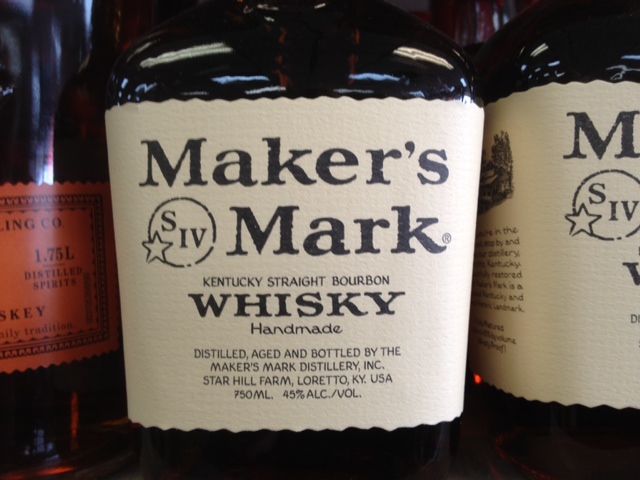
Bourbon drinkers are intensely brand loyal. And proud of it. Maker’s Mark fans saw the proof switch as a profound slap in the face. Watered down whiskey at full price. What a cheap trick! Worse, the company thought its customers were literally too tasteless to notice the difference! Twitter and the blogosphere blazed like that tax inspector’s home in 1791. People who didn’t even drink whiskey fanned the flames. This was just like that sneaky dimple in the bottom of the peanut butter jar. Or those swollen snack packages that hold fewer chips and more puffed air. Corporate contempt for customer loyalty at its worst!
The mainstream media went from touching on the story to jumping on it. Coverage ballooned as the rebellion spread. Many diehard Maker’s drinkers pledged to boycott their favorite beverage. Others swarmed into stores, intent on buying all they could before the lower proof product arrived. Angry e-mails flooded the company’s inboxes. Online comments grew more extreme. The social media fury itself became a mainstream story. Forbes declared that Maker’s had committed “brand suicide.”
 So, nearly 210 years after Pennsylvania farmers realized that fighting an overwhelming force would be a fatal error, Maker’s Mark called the whole thing off. Fresh from their weeklong digital tarring and feathering, Bill Samuels and his son, President and CEO Ron Samuels, announced that they had heard their customers loud and clear. They made a mistake, and they were sorry. Maker’s Mark would continue to be bottled at 90 proof. “You spoke. We listened,” Maker’s tweeted, including a link to a full apology on Facebook.
So, nearly 210 years after Pennsylvania farmers realized that fighting an overwhelming force would be a fatal error, Maker’s Mark called the whole thing off. Fresh from their weeklong digital tarring and feathering, Bill Samuels and his son, President and CEO Ron Samuels, announced that they had heard their customers loud and clear. They made a mistake, and they were sorry. Maker’s Mark would continue to be bottled at 90 proof. “You spoke. We listened,” Maker’s tweeted, including a link to a full apology on Facebook.
A great cheer echoed across the fields, umm, screens of the republic. “You spoke. We listened,” became a hashtag that became a public kiss-and-make-up fest. D’awww.
Maker’s Mark won praise for listening and learning. A “new Coke” or “new Netflix” fiasco had been headed off at the pass. Meanwhile, some of the same bourbon drinkers who scorned the sale of a lower proof product began searching for the few bottles that had supposedly reached the shelves, intent on snapping them up as treasured collector’s items. Go figure.
The Whiskey Rebellion of 2013 was over. But like the Whiskey Rebellion of old, this year’s model includes a slippery conspiratorial coda.

Back in the day, some said that Alexander Hamilton’s tax was never intended to be a revenue raiser. His true agenda was to create aconfrontation in which the federal government showed the citizenry who was boss by force of arms. After all, few things were guaranteed to generate conflict like a whiskey tax. Especially an unfair one. Today, bars and blogs alike are full of rumors that Maker’s Mark never intended to lower the proof of its bourbon. The whole thing was an insanely brilliant shadow show staged to create fresh buzz around a fifty-something brand. No such thing as bad publicity, right?
I find this “the whole thing was a fake” theory harder to swallow than a mouthful of moonshine. Betting their brand on a dishonest publicity stunt is the complete opposite of the Samuels’ style. Like the rest of the liquor industry and the rest of us, they learned that changing a popular product in the digital age can cause your customers to pop their corks in a very different way than you expected.
(Notes: 1. Maker’s Mark is one of the relatively few American distilleries that uses the less common spelling “whisky” to identify their product. To avoid confusion, I chose to go with the more typical “whiskey” throughout this piece. 2. The Maker’s Mark distillery in Loretto, Kentucky, is a little harder to get to than some of the others on the historic Bourbon Trail, but well worth the effort. 3. The Samuels family founded Maker’s Mark in the 1950s. Though the company has been sold several times and is currently owned by Beam, Inc., the Samuels continue to manage it. 4. In my humble opinion, longtime agency Doe-Anderson’s recent work for Maker’s is some of the best spirit advertising around. Their “It Is What It Isn’t™” tagline is terrific.)
 You probably heard about the Whiskey Rebellion in high school. You may even confuse it with the Fake ID Citation or the Raid On Dad’s Beer Fridge. To clarify, the Whiskey Rebellion was the first true test of the power of the federal government. In an effort to pay off debts accumulated during the revolutionary war, newly minted Treasury Secretary Alexander Hamilton pushed a tax on whiskey producers through congress. An angry public pushed back, particularly in Pennsylvania.
You probably heard about the Whiskey Rebellion in high school. You may even confuse it with the Fake ID Citation or the Raid On Dad’s Beer Fridge. To clarify, the Whiskey Rebellion was the first true test of the power of the federal government. In an effort to pay off debts accumulated during the revolutionary war, newly minted Treasury Secretary Alexander Hamilton pushed a tax on whiskey producers through congress. An angry public pushed back, particularly in Pennsylvania.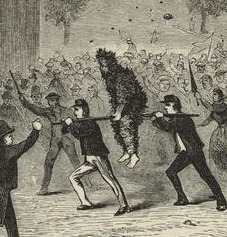 As often happens when large amounts of booze are involved, things got ugly fast. In 1791, “whiskey rebels” tarred and feathered a tax inspector and a process server. By 1794, shots were being exchanged, a rebel leader was killed, a tax inspector’s home was torched and armed mobs were threatening Pittsburgh.
As often happens when large amounts of booze are involved, things got ugly fast. In 1791, “whiskey rebels” tarred and feathered a tax inspector and a process server. By 1794, shots were being exchanged, a rebel leader was killed, a tax inspector’s home was torched and armed mobs were threatening Pittsburgh.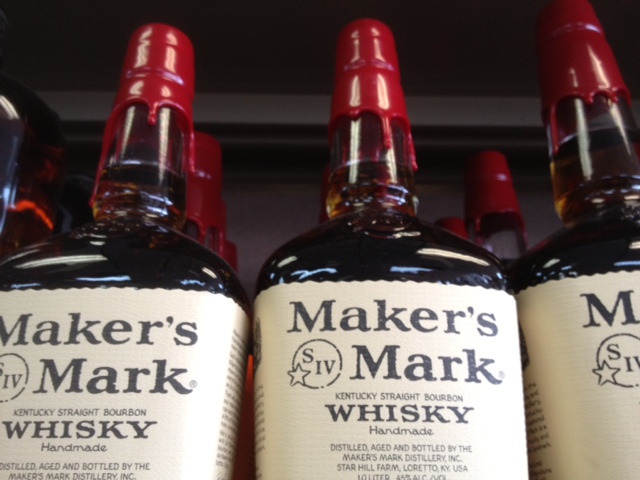
 Richard’s demise ended the War of the Roses, the brutal civil war that kept England in chaos for decades. But his remarkable reappearance has triggered another round of heavy fighting in the PR War of the Roses, a conflict that has raged for centuries. It’s a peculiar, passionately fought struggle that makes legendary grudge matches like Coke® vs. Pepsi®, Mac® vs. PC, and Ford® vs. Chevy® look like short-lived schoolyard spats. Over five hundred years after his foes laid him in his grave, supporters and detractors are still spinning Richard.
Richard’s demise ended the War of the Roses, the brutal civil war that kept England in chaos for decades. But his remarkable reappearance has triggered another round of heavy fighting in the PR War of the Roses, a conflict that has raged for centuries. It’s a peculiar, passionately fought struggle that makes legendary grudge matches like Coke® vs. Pepsi®, Mac® vs. PC, and Ford® vs. Chevy® look like short-lived schoolyard spats. Over five hundred years after his foes laid him in his grave, supporters and detractors are still spinning Richard.
 It pays to have a great writer knocking this stuff out, and the Tudors lucked into the greatest of them all: William Shakespeare. Written a century or so after the King’s downfall, the bard’s “Richard III” sealed the public perception of Richard in glorious prose. Physically and mentally twisted, Shakespeare’s Richard is a “poisonous bunch-back’d toad” who delights in every dastardly deed as he murders his way to the top. Anyone who steps or stumbles between him and the throne is doomed, including his darling nephews. Thank goodness the glorious Tudors put that mad dog down!
It pays to have a great writer knocking this stuff out, and the Tudors lucked into the greatest of them all: William Shakespeare. Written a century or so after the King’s downfall, the bard’s “Richard III” sealed the public perception of Richard in glorious prose. Physically and mentally twisted, Shakespeare’s Richard is a “poisonous bunch-back’d toad” who delights in every dastardly deed as he murders his way to the top. Anyone who steps or stumbles between him and the throne is doomed, including his darling nephews. Thank goodness the glorious Tudors put that mad dog down!
 Last spring, a series of stories centering on a legendary household name bubbled up in the press. Tide® laundry detergent was becoming one of the most-stolen products in America. The trend was puzzling, since skilled shoplifters typically snatch small, high-ticket items and Tide comes in a bulky plastic jug. Stranger still, those bright orange jugs were often the targets of organized raiding parties. While a car idled in the parking lot with the trunk open, crooks crammed carts with Tide, rushed outside, filled the trunk, and made a (ahem) clean getaway. Individual stores were being struck repeatedly, some several times a day.
Last spring, a series of stories centering on a legendary household name bubbled up in the press. Tide® laundry detergent was becoming one of the most-stolen products in America. The trend was puzzling, since skilled shoplifters typically snatch small, high-ticket items and Tide comes in a bulky plastic jug. Stranger still, those bright orange jugs were often the targets of organized raiding parties. While a car idled in the parking lot with the trunk open, crooks crammed carts with Tide, rushed outside, filled the trunk, and made a (ahem) clean getaway. Individual stores were being struck repeatedly, some several times a day.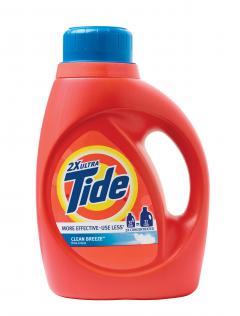

 Few could have been surprised when, following the finale of The Fiscal Cliff Follies, a survey revealed that We the People hold the 112th Congress in low esteem. Lower, that is, than cockroaches, colonoscopies, used-car salesmen, Nickelback, Donald Trump, traffic jams and head lice, among other delights.
Few could have been surprised when, following the finale of The Fiscal Cliff Follies, a survey revealed that We the People hold the 112th Congress in low esteem. Lower, that is, than cockroaches, colonoscopies, used-car salesmen, Nickelback, Donald Trump, traffic jams and head lice, among other delights. Senate Majority Leader Lindsey Lohan and Speaker of the House Kim Kardashian take the advice of lobbyist Fidel Castro and enact legislation declaring the United States a communist country. New, government-owned meth labs fund the costly transition to a Marxist economy. Playground bullies are hired as telemarketers, calling all of us at home during dinner to spread the news. Finally, John Edwards and a cadre of North Korean bioweapons experts knock on the front door, offering you the choice of the Ebola virus or an STD.
Senate Majority Leader Lindsey Lohan and Speaker of the House Kim Kardashian take the advice of lobbyist Fidel Castro and enact legislation declaring the United States a communist country. New, government-owned meth labs fund the costly transition to a Marxist economy. Playground bullies are hired as telemarketers, calling all of us at home during dinner to spread the news. Finally, John Edwards and a cadre of North Korean bioweapons experts knock on the front door, offering you the choice of the Ebola virus or an STD.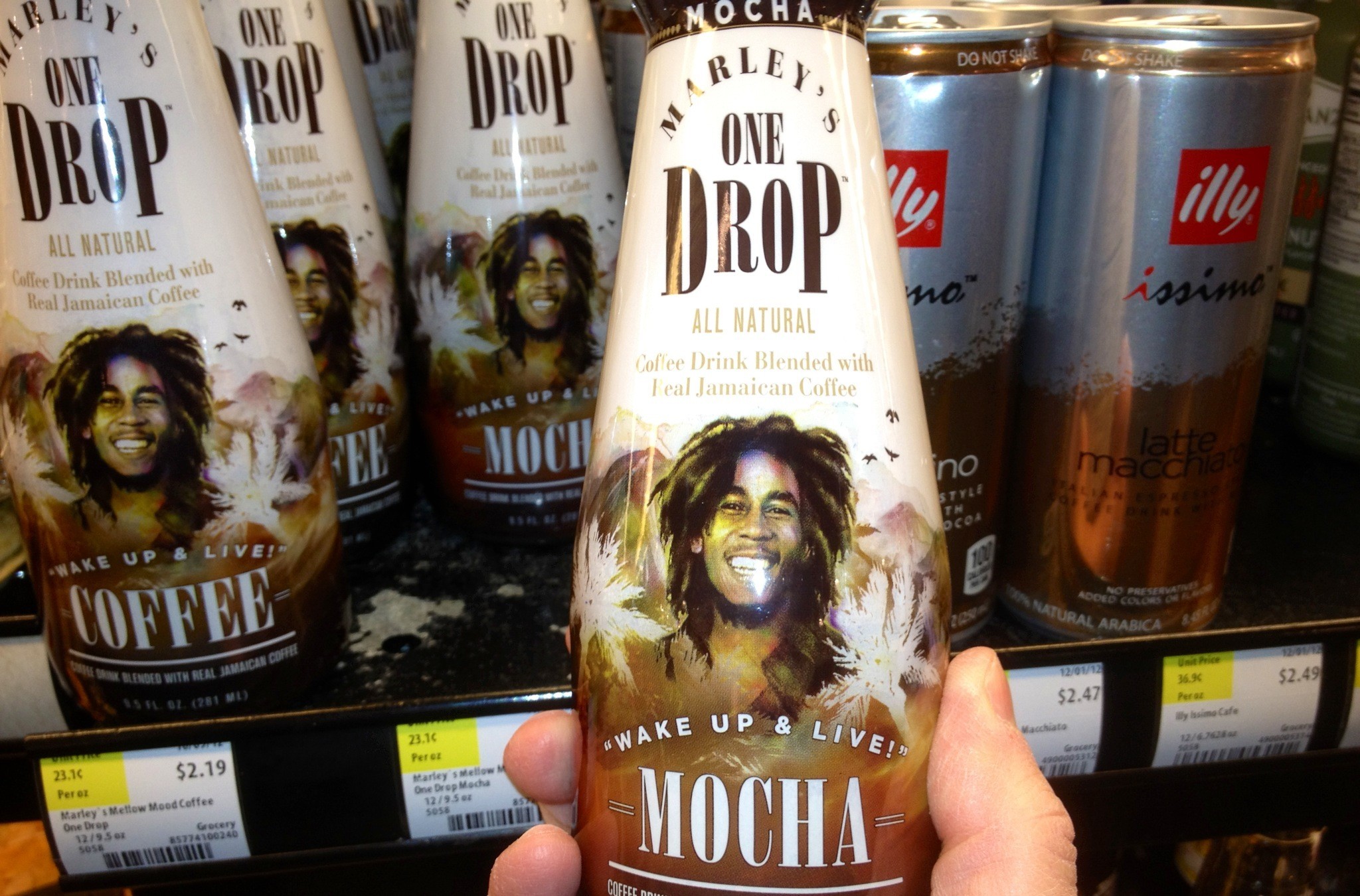
 Disaster struck the data mining industry this week when a cave in at the Omnivore Corporation’s InfoGrab Data Mine trapped miner Dylan Dinkins beneath several tons of adorable kitten videos for three days. The cave in and subsequent rescue effort are the focus of a new investigation by the Federal Mine Safety Bureau.
Disaster struck the data mining industry this week when a cave in at the Omnivore Corporation’s InfoGrab Data Mine trapped miner Dylan Dinkins beneath several tons of adorable kitten videos for three days. The cave in and subsequent rescue effort are the focus of a new investigation by the Federal Mine Safety Bureau.


